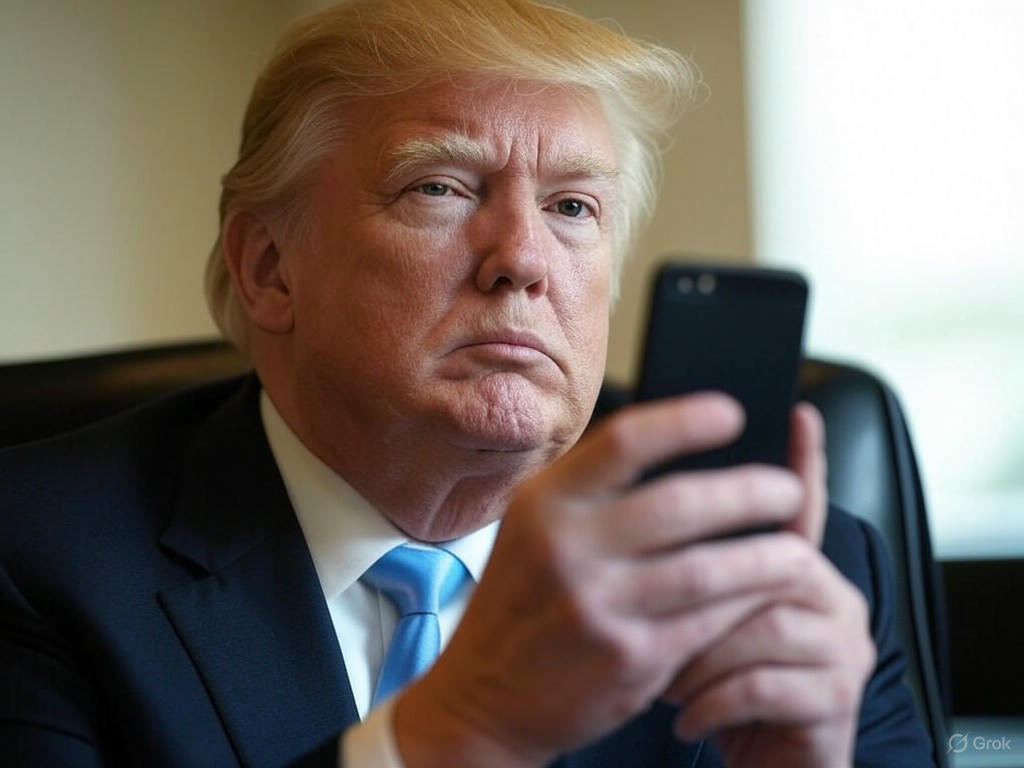Trump-Branded Smartphone Faces Tariff Challenges Amid China Manufacturing
In a surprising turn of events, a Trump-branded smartphone is set to enter the tech market, but its production is likely to be rooted in China, raising questions about the impact of tariffs championed by the former president’s administration. Despite a strong push for American-made products during his tenure, the reality of manufacturing a high-tech device like a smartphone in the United States remains elusive. Industry experts have expressed skepticism about the feasibility of shifting production to domestic soil, citing the complex supply chains and cost structures that make China a dominant player in electronics manufacturing.
The decision to produce the Trump smartphone overseas, particularly in China, comes as no shock to those familiar with the global tech landscape. The country has long been the epicenter of electronics production, offering unmatched infrastructure, skilled labor, and cost efficiencies. Building a similar ecosystem in the U.S. would require years, if not decades, of investment and policy support. One industry observer noted that expecting a rapid transition to American manufacturing for such a product is more of a political talking point than a practical goal. The specialized components, from microchips to displays, are predominantly sourced from Asian markets, further complicating any immediate shift.
What makes this development particularly intriguing is the potential clash with the tariff policies associated with Trump’s administration. During his presidency, tariffs on Chinese goods were a cornerstone of his trade strategy, aimed at reducing reliance on foreign imports and bolstering domestic industries. However, with the Trump smartphone likely being assembled in China, it could face the very import taxes that were intended to deter such dependencies. This irony has not gone unnoticed, with analysts predicting that the added costs could either inflate the device’s retail price or squeeze profit margins. Consumers, in turn, may hesitate to embrace a product that carries a premium due to policy-driven expenses rather than superior features.
Moreover, the broader implications of this situation highlight the challenges of aligning political rhetoric with economic realities. While the vision of revitalizing American manufacturing is appealing, the tech sector operates on globalized networks that resist quick fixes. Tariffs, while protective in intent, often lead to unintended consequences like higher costs for businesses and consumers alike. For the Trump smartphone, navigating these waters will be a critical test of whether branding and ideology can coexist with market demands.
As the launch of this device approaches, all eyes will be on how the company behind it addresses these manufacturing and tariff hurdles. Will it absorb the costs, pass them on to buyers, or seek alternative production hubs? Whatever the outcome, the Trump smartphone saga underscores a persistent tension in the business world: the push for national pride versus the pull of global efficiency. Only time will tell if this venture can balance the two or if it will become a cautionary tale of ambition meeting practicality.


